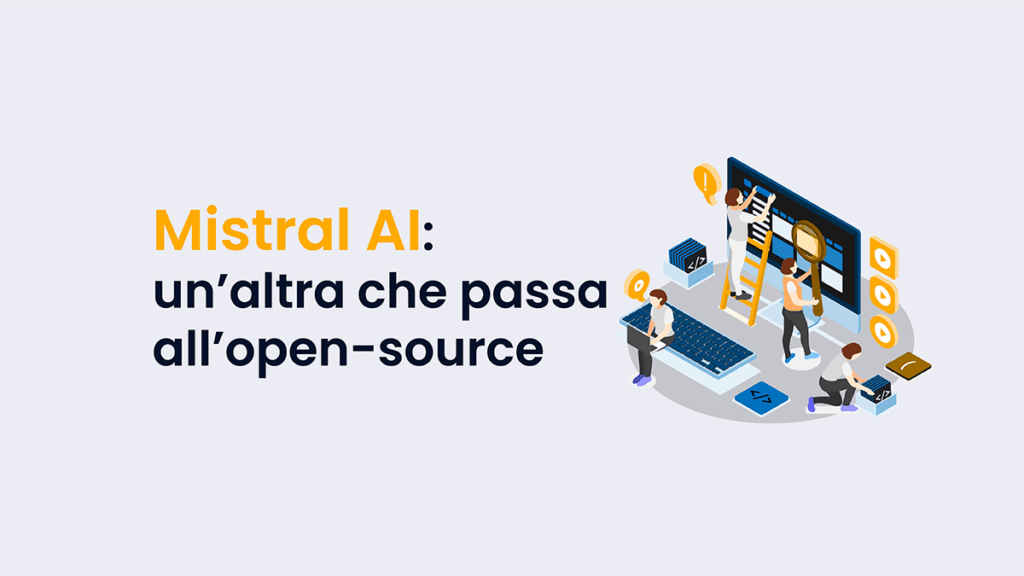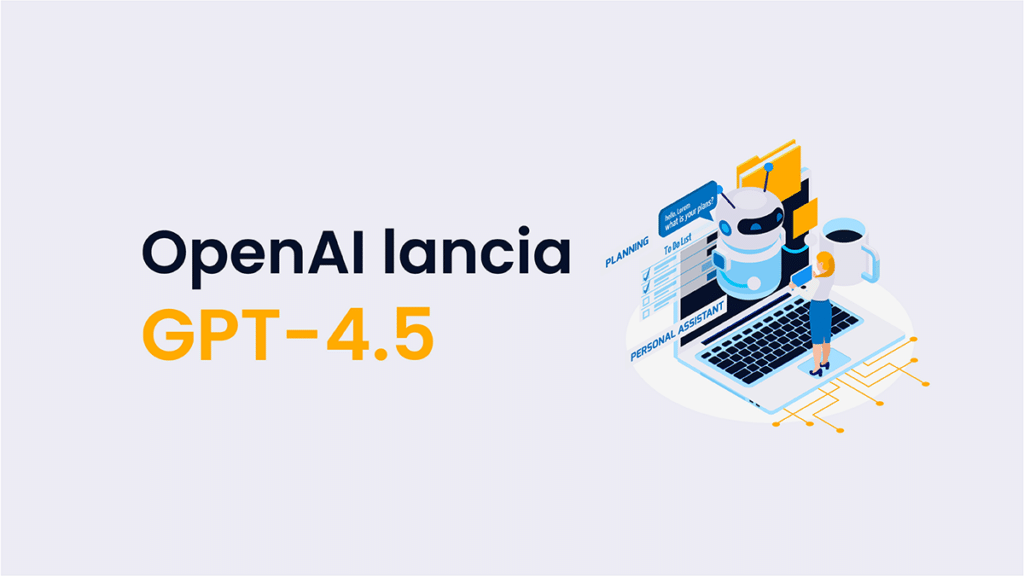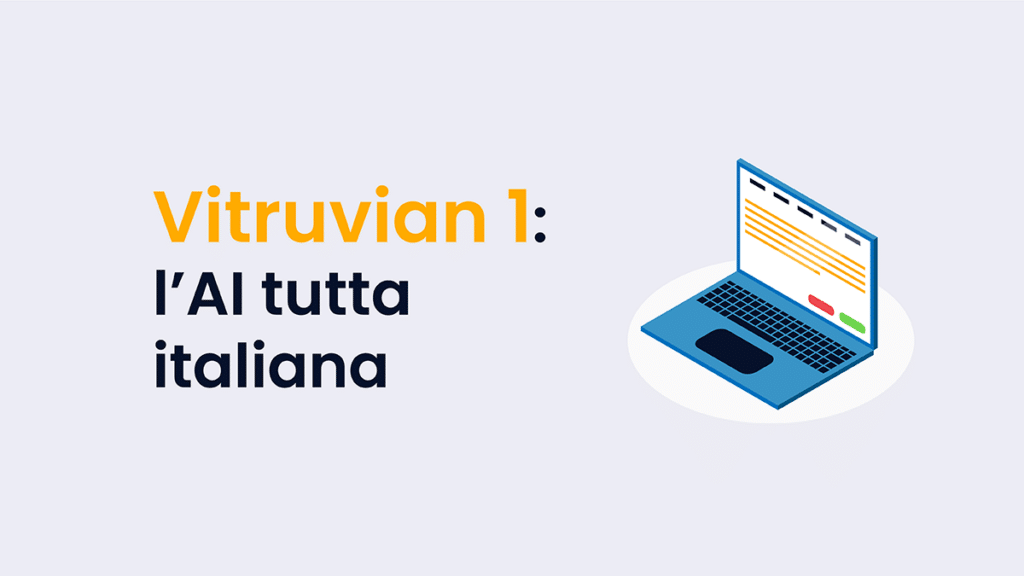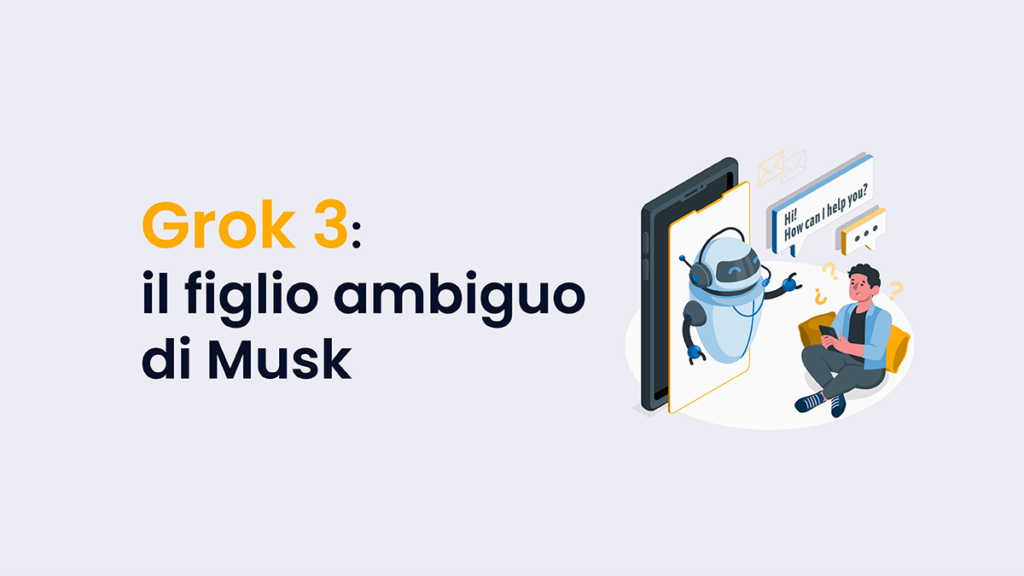L’arabo è parlato da circa 400 milioni di persone in tutto il mondo. Quindi è una delle lingue più diffuse ma, fatto curioso, solo l’1% dei contenuti online è in arabo. Questo ci indica una possibile esclusione digitale per tantissime persone che vivono in Medio Oriente e in Nord Africa.
Alla luce di ciò ultimamente sono stati sviluppati modelli di AI open source specifici per la lingua araba. Infatti serve un lavoro dedicato al fine di riuscire a rendere affidabili modelli che debbano comprendere e rispondere a circa 30 dialetti principali, più le loro varianti locali e culturali.
Un lavoro che, oltre a rappresentare un passo importante nella digitalizzazione dei paesi di lingua araba, potrebbe stimolare l’evoluzione tecnologica dell’intelligenza artificiale a livello globale. Vediamo perché e come può interessarci l’argomento a livello lavorativo.
Indice dei contenuti
Jais: l’AI open source per la lingua araba
Jais è uno dei modelli linguistici più avanzati sviluppati specificamente per l’arabo. Nato dalla collaborazione tra la Mohamed bin Zayed University of Artificial Intelligence (MBZUAI), G42 e Cerebras Systems, utilizza 13 miliardi di parametri, permettendo una comprensione approfondita delle peculiarità della lingua araba, comprese le sue varianti dialettali. La capacità di Jais di comprendere sia l’arabo moderno che i dialetti regionali lo distingue dai modelli IA generici, rendendolo uno strumento prezioso per le istituzioni pubbliche e private della regione.
La sua accessibilità, attraverso piattaforme come Hugging Face, permette a sviluppatori, ricercatori e accademici di utilizzare il modello per creare applicazioni su misura. Avere così tanti parametri rende Jais un modello di AI open source di grandi dimensioni, tuttavia non è ancora paragonabile ad altri modelli.
Infatti ci sono modelli di AI open source come Falcon 180B, sviluppata negli Emirati Arabi Uniti, che ha 180 miliardi parametri. Vediamo di più.

Falcon 180B: la risposta araba a GPT e Bloom
Parliamo di uno dei modelli di AI open source più grandi mai rilasciati. È stato sviluppato dal Technology Innovation Institute (TII), con sede negli Emirati Arabi Uniti, come parte dei loro sforzi per potenziare la ricerca sull’intelligenza artificiale nella regione. Una pietra miliare delle AI open source in lingua araba, quindi. Però, a differenza di Jais è meno specifica.
Infatti Falcon 180B è più potente e risponde a molte più lingue, ma non è adatta a gestire con precisione la specificità di dialetti e varianti arabe.
ALLaM e la collaborazione con IBM
Un altro modello che apre il mondo arabo al mercato globale delle intelligenze artificiali è ALLaM. Questo modello è interessante perché è sviluppato dalla Saudi Data and Artificial Intelligence Authority (SDAIA) in collaborazione con IBM. Quindi si trova sulla piattaforma watsonx.ai e oltre a rappresentare un ulteriore passo verso la democratizzazione dell’intelligenza artificiale in lingua araba, è un passo in più di questo mondo verso le maggiori aziende AI mondiali.
Questo modello supporta diverse applicazioni, dagli enti pubblici alle imprese private. In più offre strumenti per l’addestramento e la personalizzazione del modello a seconda delle necessità specifiche.
ALLaM è disponibile sia in una versione da 13 miliardi di parametri, sia da 7 miliardi.
Come possono interessare queste AI open source arabe ai professionisti italiani?
Per i professionisti italiani esperti di sviluppo software, machine learning e data science, questi modelli rappresentano un’occasione unica per contribuire allo sviluppo di tecnologie innovative in mercati emergenti.
Dal punto di vista del marketing digitale, queste AI possono essere utilizzate per migliorare la comprensione delle preferenze locali e personalizzare campagne pubblicitarie. Diversi paese di lingua araba, infatti, sono in forte espansione tecnologica. Quindi ci sono investimenti che aprono mercati nuovi e collaborazioni con startup locali o multinazionali.
I professionisti italiani potrebbero sfruttare in questi mercati la loro esperienza nella cybersecurity e cloud computing.










